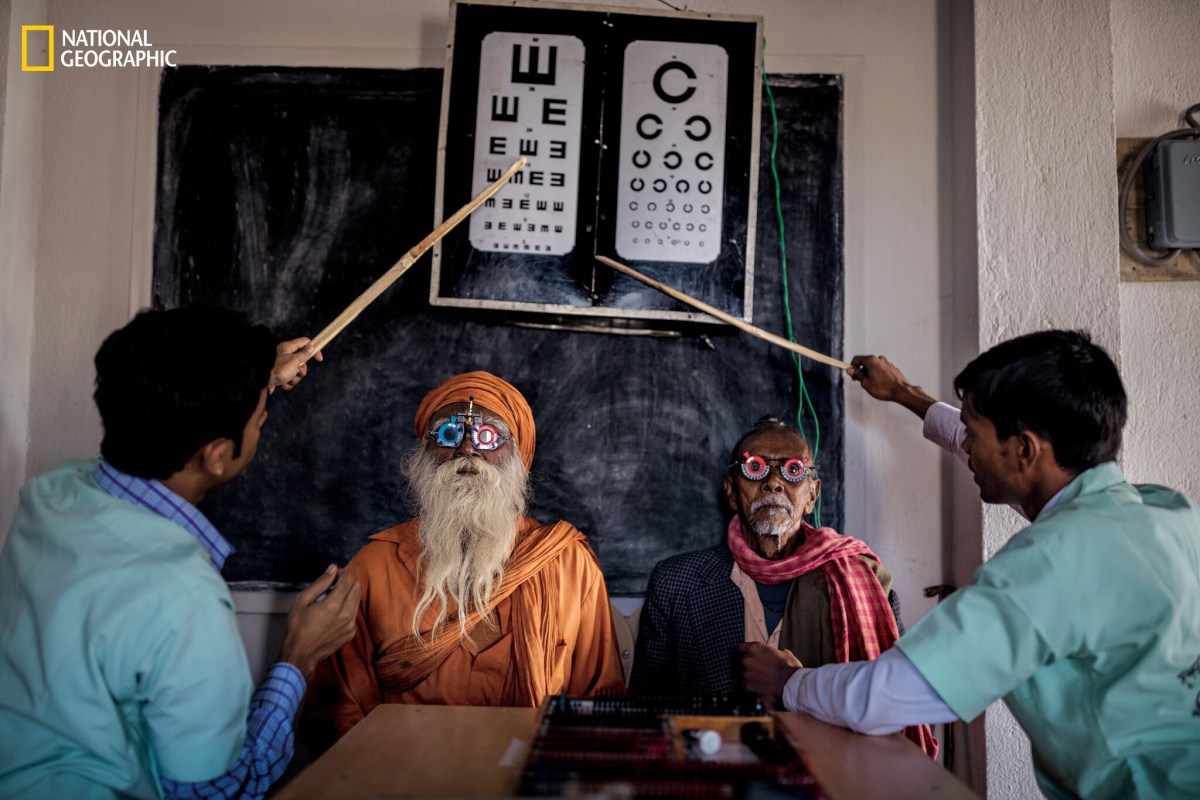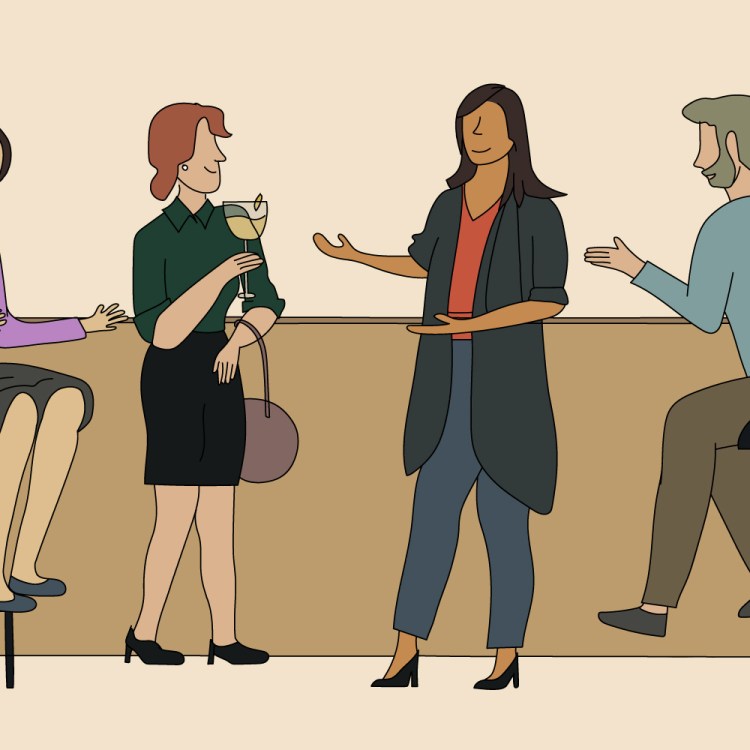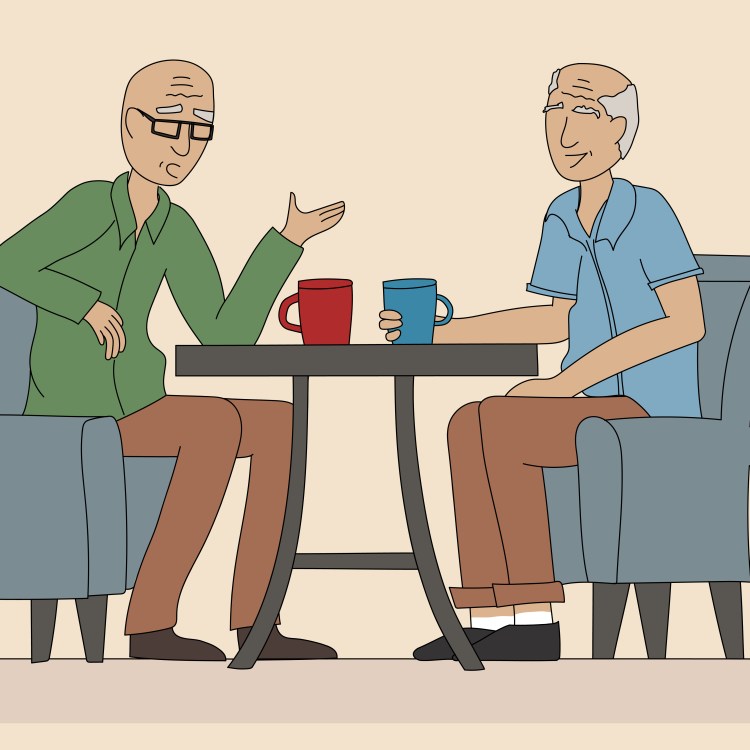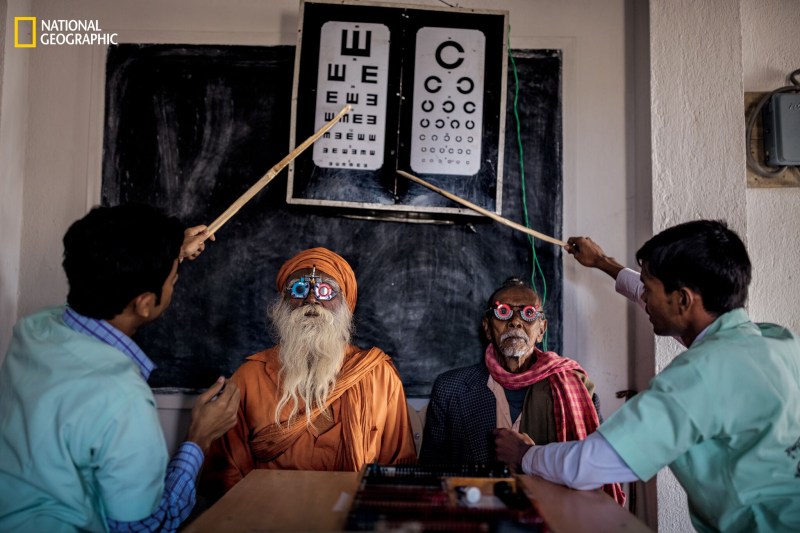
Blindness, as we all know, is a disabling and challenging condition. But it is not an insurmountable one, and a big breakthrough has just been made, according to a recent article published in the September issue of National Geographic Magazine.
(Brent Stirton/National Geographic)
A clinic at the University of Pennsylvania’s Scheie Eye Institute recently cured the blindness of a teenage patient with Leber congenital amaurosis through a type of genetic therapy they’ve been working on for 20 years. Specifically, a team of researchers identified the genetic mutation affecting the patient’s retina, then used a gene-laced fluid to swap out the bad gene with a better version. This success gives the clinic hope that its gene-replacement therapy can be improved—or even applied in utero to prevent serious eye conditions before they happen. Similar work is being done with stem cells, specifically progenitor cells, to treat retinitis pigmentosa.

Other researchers at the Oxford Eye Hospital and the University of California, Santa Cruz, have been working on biomedical implants. Unlike stem cell treatments, which can replace or revive failing retinal cells, a bionic retina collects and amplifies light. The resulting vision is low-resolution but still offers promise for future treatments and procedures.
(Brent Stirton/National Geographic)
The mood surrounding a blindness cure is, at best, cautiously optimistic due to the extreme difficulty and experimental nature of the work involved. But the eye is also uniquely well-suited as a testing ground for stem cells and biomedical research; it’s safe, accessible, and treatments that are effective there can be replicated elsewhere in the body. No one is promising a miracle cure or underestimating the failures and setbacks yet to come, but a foundation for further research has been built.
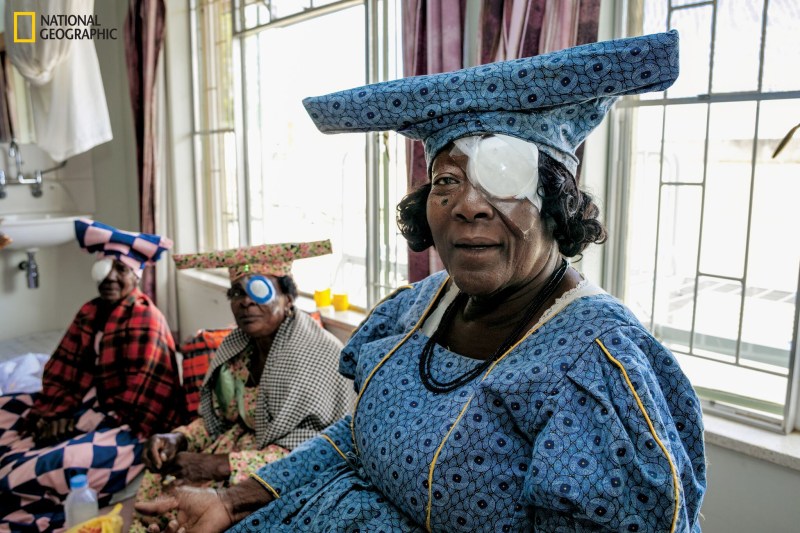
For more information on the groundbreaking work, read National Geographic‘s story here.
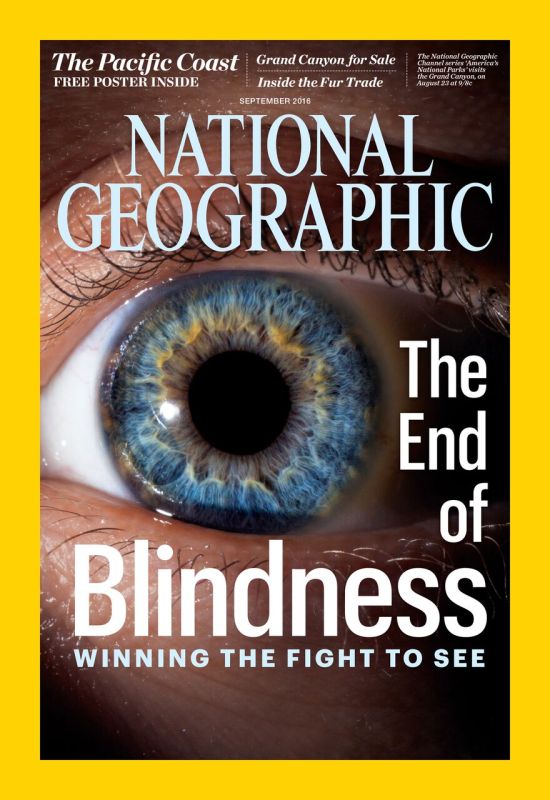
Whether you’re looking to get into shape, or just get out of a funk, The Charge has got you covered. Sign up for our new wellness newsletter today.
